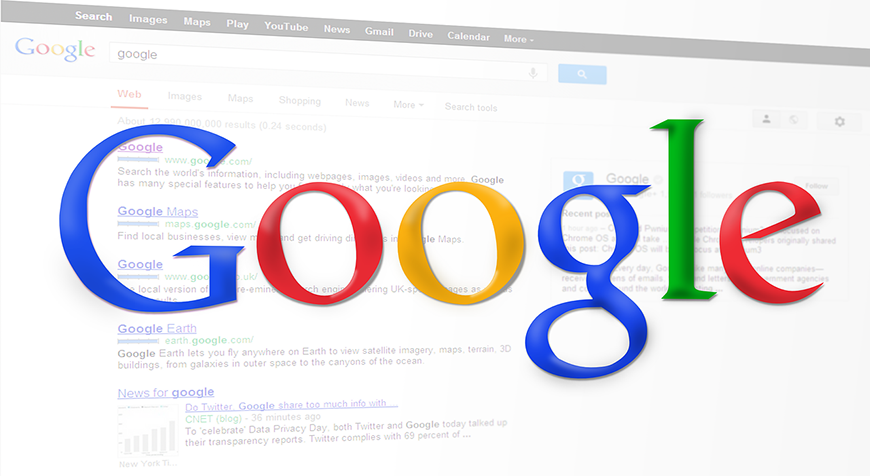When website projects go wrong it’s normally because the client (you) and the web design company you’ve hired to do the work have different understandings of what the end result should be.
The last thing you (or they) want is to for them to excitedly reveal your brand new website and you go, “that’s not what I asked for!”
So, how do you prevent misunderstanding and make sure you and the web design company are on the same page?
Write a killer website brief.
It’s not as daunting as it sounds. You are the expert in your business and most likely have a good idea about what you want the website to look like and how it should function.
A good web design company will ask for all this information, so you don’t need to spend hours and hours putting this together. They will work with you to fill in the gaps as part of their planning phase.
Putting together a website brief is also a great way to make sure the key people in your organisation are on the same page as well. You don’t want to reveal the new website and have your boss exclaim it’s not what he asked for!
We’ll guide you through the steps below for writing a clear concise brief you can pass on to your web design company to work through. At the end this post, you can download our template that covers off these 9 key sections.
Without further ado, let’s dive in.
1. Your Company
The easiest section to write. Your web design company needs a solid overview of your company, so they can build a website that fits with who you are and how you do business.
It should be concise but clearly cover off:
- What does your company do? What’s its mission/vision?
- What products and/or services do you sell? Where are they positioned in the market? High-end, low-end, or somewhere in the middle?
- How large is your company? Revenue? Number of employees?
- Where is your company based? Do you have multiple locations? Are you international?
- When was the company founded? What’s its background?
2. Target Audience
This helps the web design company understand who the design will be targeted at. There’s a big difference in the look and feel of a website that is aimed at children aged 10-14 years compared to one designed to sell high-end real estate.
Provide as much information as you can on the following:
- Audience demographics – age, gender, education, family situation etc.?
- Audience location – where do they live? Are you a local business and your target audience lives in the surrounding area? Or do you service a whole country or are you international?
- Who are your competitors?
- What differentiates you and your products or services from your competitors?
3. Goals and Objectives
This is a very important section. What is the purpose of your new website?
If it’s an e-commerce store, the goal may relate to the number of products sold or revenue collected. If you’re an insurance adviser the objective might be to generate enquires through a contact form or have potential clients give you a call.
Stating the website’s objective(s) will allow the web design company to structure the layout and user flow of the site to best meet these goals.
Ultimately, once the website is live, you want to be able to measure your objectives and see if your new site is performing!
4. Current Website
Ignore this section if you don’t currently have a website. However, if you do have one there’s obviously a reason (or reasons) that you’ve decided to have a new website built for your company.
So, let your web design company know:
- What you like about your current site?
- What you don’t like?
- Feedback from customers and suppliers about the site?
- Any technical or functionality issues people have had with the site?
- How it currently performs – how much traffic does it get? How much time do people spend on the site? How many pages do they view? Are they converting to leads or sales?
- How are people viewing your website? What percentage of people are on mobile compared to viewing the site on a desktop? What browsers do they view it on?
You can answer the last two bullet points using your analytics data. If you haven’t been using an analytics tool like Google Analytics, that’s something you definitely need on your new site. Add it to the brief!
5. Sites You Like
Sometimes it is easier to show someone examples of what you like rather than trying to describe it in words. It’s the same for web design.
Copy and paste images of websites you like and provide a brief summary of why and how you see those elements being incorporated into your new website.
These could be competitor’s sites or even from a completely different industry and could show, for example:
- Designs and styles you like
- Layouts you’d like to emulate
- Cool functionality
6. Design and Content
What should the site look like and what content will it feature?
Design
Developing and launching a new website quite often follows a company rebrand or refresh.
The more of the following you can pass on to the web development company the better:
- Brand and style guidelines
- Logos
- Colours and fonts
- Design elements
Content
What content will be on the site?
Answer the below:
- What pages will be on the site?
- What content will be on these pages (e.g. text, images, and functionality)?
- Who is going to write the copy (written content)?
- Who will supply the images?
Providing a sitemap (list of pages on the site and how they relate to each other) is very helpful.
7. Timeline
This helps the web design company fit your project into their schedule and make sure it’s ready when you need it.
If your timeline is very short, they may suggest launching the website in stages to meet your deadlines.
When can the website project start?
This could be straightaway, or you may be waiting for content to be ready or design work to be finished first.
When would you like the new website live by?
Try and be a little more detailed than “as soon as possible”. Do you have a new product launch or an important event coming up that you’d like the website ready for?
8. Technical
This section deals with all the technical details the web development company will need to know:
- Do you currently have web hosting? If so, who is the web hosting company and which package do you have?
- What domain will you be using for your website?
- Will the site need to be on HTTPS (what this is and why your site probably needs it)?
- Once the site is live, who will update and maintain it?
- How will the site be backed up?
- Is there any software that needs to be integrated with the site, such as your CRM, email management software etc.?
- Does analytics software need to be added to the site, such as Google Analytics? The answer should be yes!
9. Budget
Last, but definitely not least. There’s no need to hide this from the web development company. Ultimately, you want an accurate quote that is within your budget.
If you don’t have an exact figure, provide a range.
Communication is key!
The success or failure of a website project normally boils down to the communication between you and the web design company you’ve hired.
Writing a thorough website brief is a great way to get your project off on the right foot, clearly communicate what your company is after in the finished website, and make sure all parties are singing from the same song sheet.
Here’s a great website brief template to get you started
You can download the template we use for our web design and development projects here.
Easy!
Want more from your website?
Get practical, easy to implement guidance and tips to accelerate your online performance with a personalised one on one phone consultation







 The Risks of Having An Out of Date Website
The Risks of Having An Out of Date Website
 How to Use Marketing Buyer Personas to Improve the Effectiveness of Your Website
How to Use Marketing Buyer Personas to Improve the Effectiveness of Your Website
 How Marketing Has Changed in 2021
How Marketing Has Changed in 2021